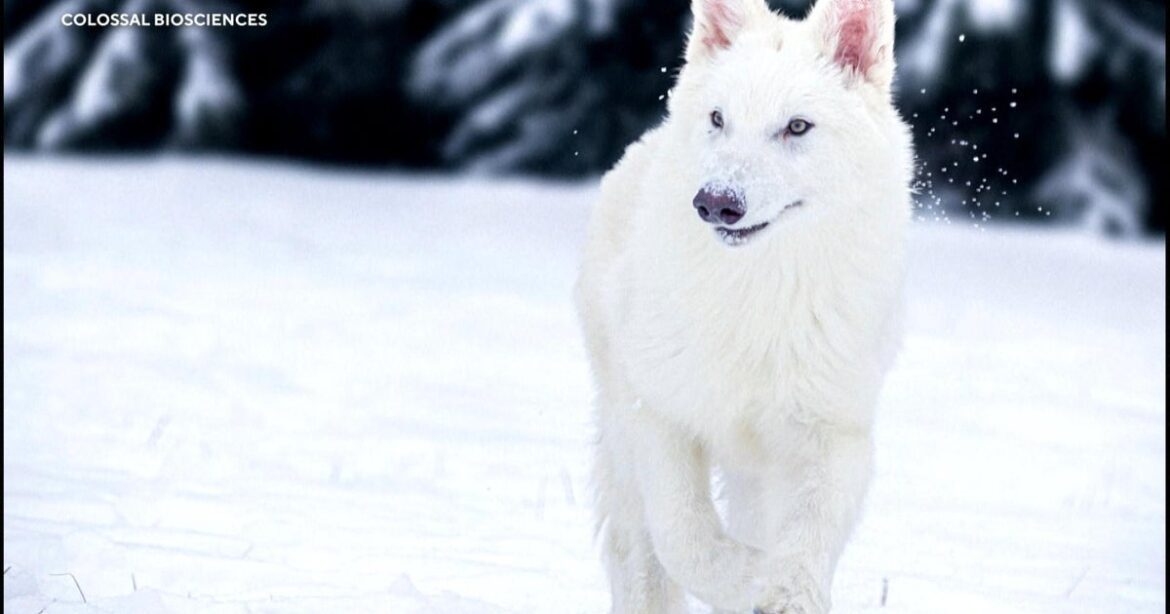Reviving the Dire Wolf: Scientific Advances in Gene Editing
Introduction to the Research
Recent advancements in genetic engineering have sparked discussions about the potential revival of the dire wolf, a species that went extinct thousands of years ago. Colossal Biosciences, a biotechnology company, has made headlines by successfully modifying the genes of gray wolves to express traits similar to those of the dire wolf.
The Role of Gene Editing
Utilizing cutting-edge gene-editing techniques, scientists aimed to insert key traits characteristic of the dire wolf into the gray wolf genome. This process raises intriguing questions about species revival and the implications it might have on ecosystems and biodiversity.
Insights from Colossal Biosciences
According to Ben Lamm, founder and CEO of Colossal Biosciences, their approach involves sophisticated genetic methods that pave the way for the restoration of traits lost with the extinction of the dire wolf. Beth Shapiro, the Chief Science Officer at the company, elaborates on the methodologies employed in this groundbreaking research.
Controversy and Ethical Considerations
The project has generated both excitement and concern among scientists, ethicists, and the public. Critics question the motivations behind reviving an extinct species and the possible consequences for existing wildlife. The discussions surrounding conservation, genetic manipulation, and ecological responsibility are more pertinent now than ever.
Conclusion
As scientists continue to explore the frontiers of genetic engineering, the revival of extinct species like the dire wolf may move from the realm of science fiction to potential reality. The work of Colossal Biosciences exemplifies the blend of innovation and ethical discourse in modern scientific practice.

